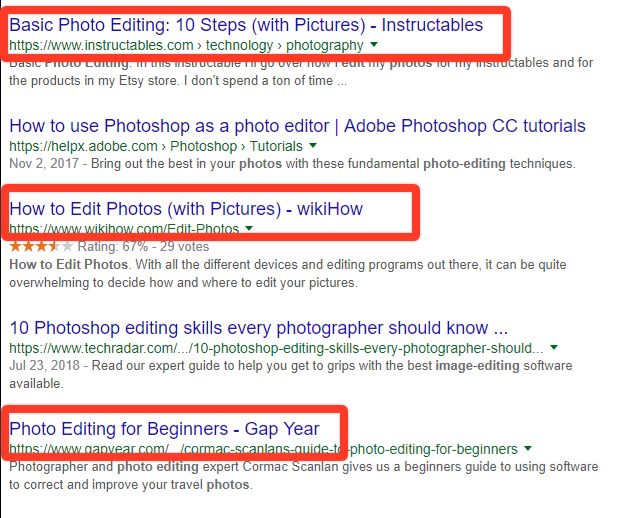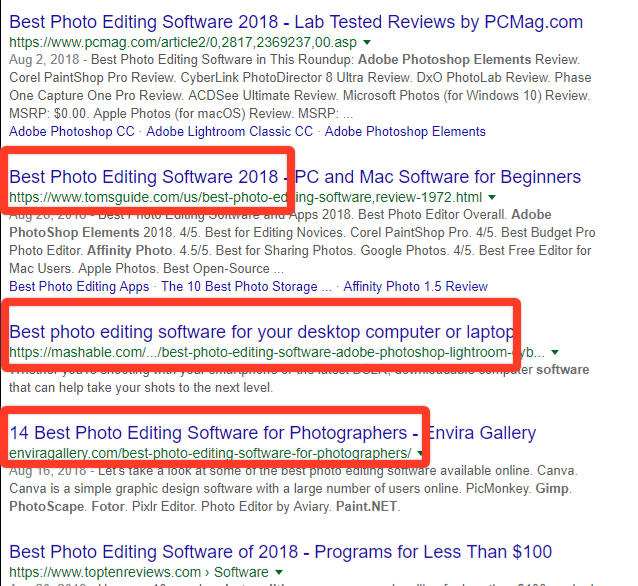I don’t think so.
When it comes to developing worthwhile writing ideas, it’s either feast or famine for most of us. Some writers have so many ideas, we can’t decide which one to pursue. Other writers struggle to find something worth writing about; they don’t have enough ideas.
And even if you have a compelling idea, the idea itself might not sustain a story or a poem. It’s not enough to have a concept: you need characters, settings, plots, subplots, and themes.
When writers are at a loss for ideas, they often self-diagnose with writer’s block. I believe that’s a misdiagnosis. People struggling with writer’s block aren’t at a loss for ideas. Many are merely dismissing their own good ideas (often because they aren’t perceived as original enough), or they don’t want to put a lot of effort into looking for ideas. I also think that poor health or stress are sometimes misread as writer’s block, in which case the only cure is to take better care of oneself.
However, for the rest of us who are struggling to find the right ideas, there’s no shortage of sources we can turn to for inspiration. Why not start at the top? Why not find out where some of the most successful authors have gotten their brilliant writing ideas? If that doesn’t inspire us, I don’t know what will.
No Imagination Necessary
First, let us dispel the myth that if you want to be a writer, you must have a vivid imagination. Plenty of writers have found success by being simple observers.
Mark Twain is a shining example. His idea for Huckleberry Finn wasn’t an idea at all; he simply based the character on someone he knew from real life. It turns out that the beloved character was practically a replica of Twain’s childhood friend, Tom Blankenship:
“In Huckleberry Finn I have drawn Tom Blankenship exactly as he was. He was ignorant, unwashed, insufficiently fed; but he had as good a heart as ever any boy had. His liberties were totally unrestricted. He was the only really independent person—boy or man—in the community, and by consequence he was tranquilly and continuously happy and envied by the rest of us.” — Mark Twain
Have you ever known someone with a standout personality? Such a person can influence your work in the same way that Tom Blankenship influenced Mark Twain.
Political, Religious, and Social Commentary
Of course, Mark Twain is not the only author to successfully draw from real life. During the Great Depression, hundreds of thousands of people migrated from the Dust Bowl to California and other western states. John Steinbeck (one of my literary heroes) told their story in The Grapes of Wrath, which was developed from a series of articles that ran in the San Francisco News in 1936.
But it was more than a story about people struggling with poverty in a downtrodden economic climate:
“I want to put a tag of shame on the greedy bastards who are responsible for this [the Great Depression and its effects].” — John Steinbeck
Steinbeck’s Pulitzer-Prize winning novel is a thoughtful commentary on social injustice and the forces behind poverty and oppression.
In today’s world, which is rampant with political, religious, and sociological commentary, one need not look far for writing ideas. If you can find an issue that matters to you, just look to the news and documentaries for true stories that you can use for inspiration.
Dreaming Things Up
Creative people from all walks of life from artists to inventors have found answers and ideas within the magical world of dreams. One of the most successful living authors of our time, Stephen King, attributes a dream as the inspiration for Misery, a novel that was also made into a film and an off-Broadway play:
“Like the ideas for some of my other novels, that came to me in a dream…I fell asleep on the plane, and dreamt about a woman who held a writer prisoner and killed him, skinned him, fed the remains to her pig and bound his novel in human skin. His skin, the writer’s skin. I said to myself, ‘I have to write this story.’ Of course, the plot changed quite a bit in the telling. But I wrote the first forty or fifty pages right on the landing here, between the ground floor and the first floor of the hotel.”– Stephen King
Unfortunately, many of us don’t remember our dreams, and if we do, they’re hazy at best. Luckily, there are some proven techniques to help us learn how to remember our dreams. Try a few of them and see if you can’t get your next big writing idea while you’re sound asleep.
Making Connections
Suzanne Collins broke the mold with The Hunger Games, arguably the most successful post-Harry Potter series to date. The books captured the hearts and minds of untold millions of young adult readers, and the films turned the story into a cultural phenomenon. So how did she do it? Where did Collins get the idea for a dystopian, young adult novel set in a future where citizens are required to tune in to an annual reality show so they can watch teenagers fight to the death in an oversized arena?
“One night, I was lying in bed and I was very tired, and I was just sort of channel surfing on television. And, I was going through, flipping through images of reality television where there were these young people competing for a million dollars or a bachelor or whatever. And then I was flipping and I was seeing footage from the Iraq War. And these two things began to sort of fuse together in a very unsettling way, and that is when I, really, I think was the moment where I really got the idea for Katniss’s story.” — Suzanne Collins
Look at the world around you. There are unimaginable things happening everywhere. Some are horrific; others are endearing or bizarre. What connections can you make in the world today to prompt yourself to imagine what the world will be like tomorrow?
No Excuses! Writing Ideas Are Everywhere
So much for writer’s block — and so much for imagination. We writers need only be influenced and inspired by the world (and the people) around us.
“You get ideas from daydreaming. You get ideas from being bored. You get ideas all the time. The only difference between writers and other people is we notice when we’re doing it.” — Neil Gaiman
You know what that means: no more excuses! You’re a writer, so go out there, find your writing ideas, and then write. Write your hearts out.
Source: Writing Forward








